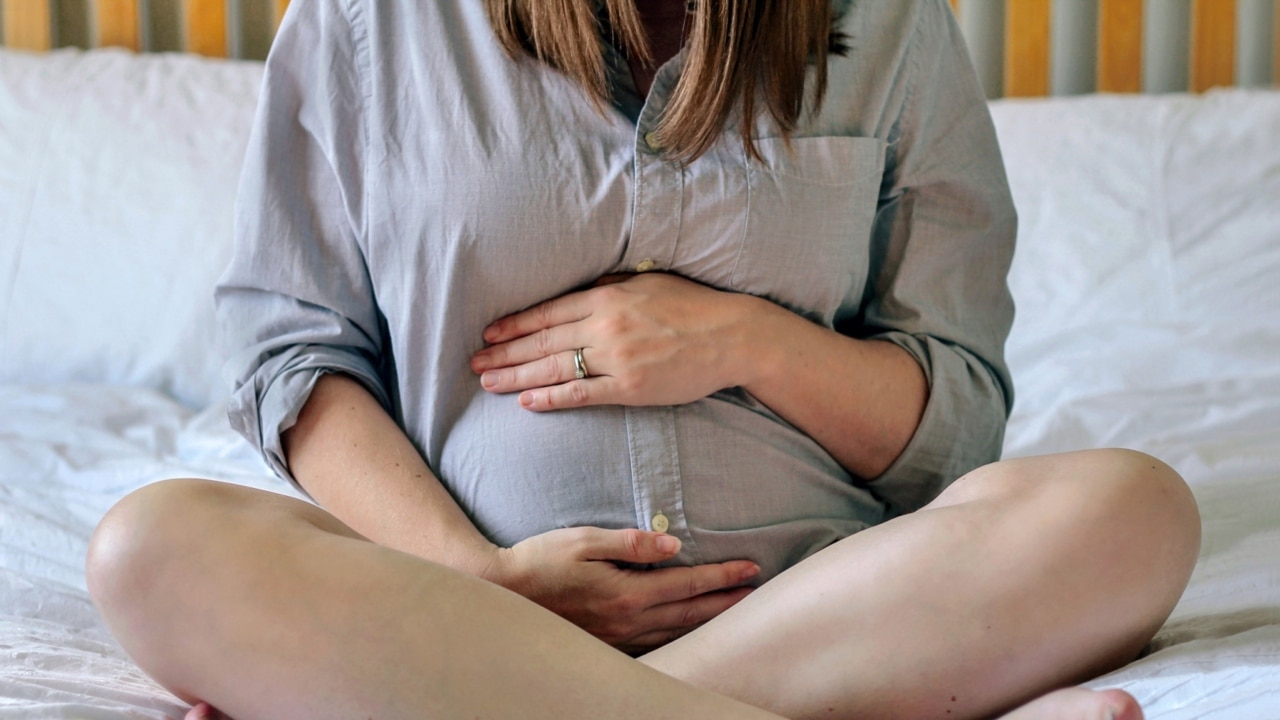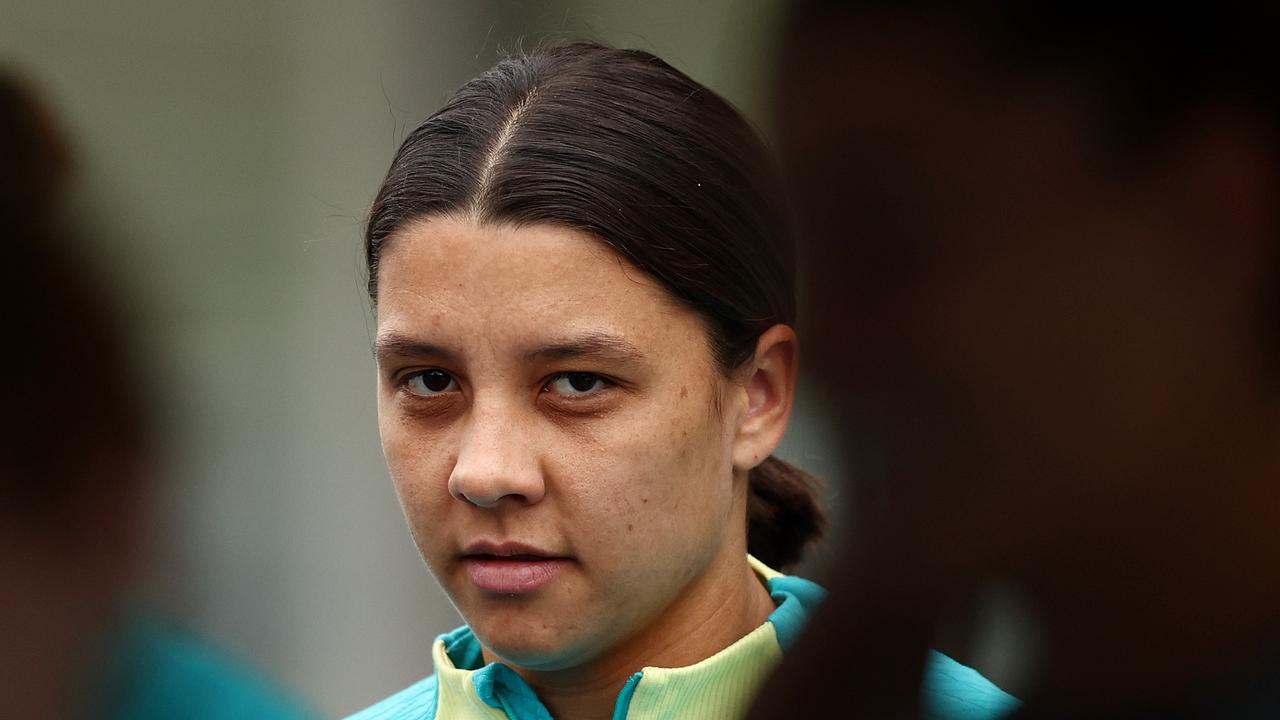Comment: Maternity changes at RBWH are baffling and cruel
Two in three women experience grief-related symptoms up to a year after the loss of a baby, so it’s hard to comprehend why the people at Metro North Hospital and Health Service would inflict such cruelty on women just hours after such a traumatising event.

Opinion
Don't miss out on the headlines from Opinion. Followed categories will be added to My News.
Thirty years ago hospitals were so intent on keeping mothers who had lost a baby away from the cries of healthy infants that the grieving women would be placed in an orthopaedic or heart ward — any place that babies were unlikely to appear.
It’s been a well established understanding in the world of maternity that any woman who suffered a neonatal loss was highly fragile and needed cushioning through the raw experience.
It’s hard to comprehend why the people at Metro North Hospital and Health Service (MNHHS) would move to put patients from gynaecology together with maternity patients. Mixing women who have suffered a loss through stillbirth, miscarriage or termination with women who have just given birth to healthy babies is cruel and a massive step back in maternity care.
Every year, close to 2000 families lose a baby to stillbirth and 110,000 Australians have a miscarriage. An estimated 70 per cent of women experience grief-related depressive symptoms up to one year after the loss of a baby. Too many couples know the gut-wrenching feeling of hope turning to despair.
The emotional turmoil of watching, hearing and even smelling a newborn baby in the next bed would be torture. And the physical body would ache as a crying baby, even one belonging to someone else, sparks the letdown of breast milk.
And what about the women who have been lucky enough to have a healthy thriving baby? They have a right to celebrate and show off their new infants without guilt. It is all a mind bender.
The RBWH has been a godsend throughout the pandemic and it remains one of the state’s leading Covid hospitals. But the bosses need to go back to the drawing board for a different solution — one that will bring less heartache.





